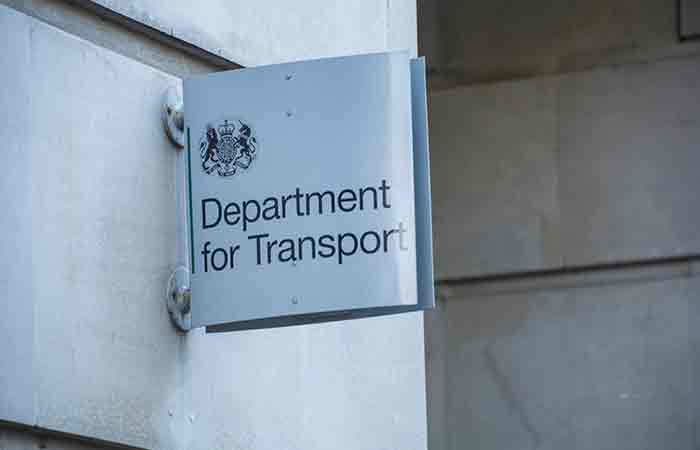
The Department for Transport (DFT Group) has reported a 10.7% 2023 mean gender pay gap, unchanged since 2022.
This is higher than its 2021 mean gender pay gap of 7.8%, but lower than its figures for 2019 and 2020, at 13.8% and 15.2% respectively.
Meanwhile, its 2023 median gender pay gap has increased by 0.4% percentage points since 2022, from 12.9% to 13.3%. This is higher than its figure for 2021, which was 5.8%, but similar to 13.8% in 2019 and 13% in 2020.
The department’s 2023 mean gender bonus gap moved significantly in favour of women, from 7.1% in 2022 to -10.4% in 2023. Its mean figure for 2021 was -0.4%, with 2020 and 2019’s at -3.2% and 17%.
Its median gender bonus gap for 2023 was -11.7%, lower than 8.5% in 2022. Its figures between 2019 and 2021 moved from 15% to -3.4%. During 2023, 90% of female and 85% of male employees received a bonus.
According to the government department, historic structural issues continue to impact its gender pay gap. At the Driver and Vehicle Licensing Agency (DVLA), which is its largest agency, 60% of the workforce are women. Many of these roles are at more junior grades, which contributes to the outcomes in its latest pay gap report.
Dame Bernadette Kelly DCB and Jo Shanmugalingam, permanent secretaries at the Department for Transport, said: “Our pay awards cover the whole DFT Group. We have focused our 2022 to 2023 and 2023 to 2024 delegated grade pay awards on reducing specific pay ranges and targeting higher awards to staff in the lowest grades and those nearer to their pay range minimum. We will factor how this affects staff covered by the 2010 Equality Act by monitoring diversity-related demographics.
“We are committed to ensuring that women working at DfT are given equal opportunities. DVLA has taken action to address disparities in certain historically male-dominant professions. Notably, female representation within the IT team increased from 2% to 29.4%.”